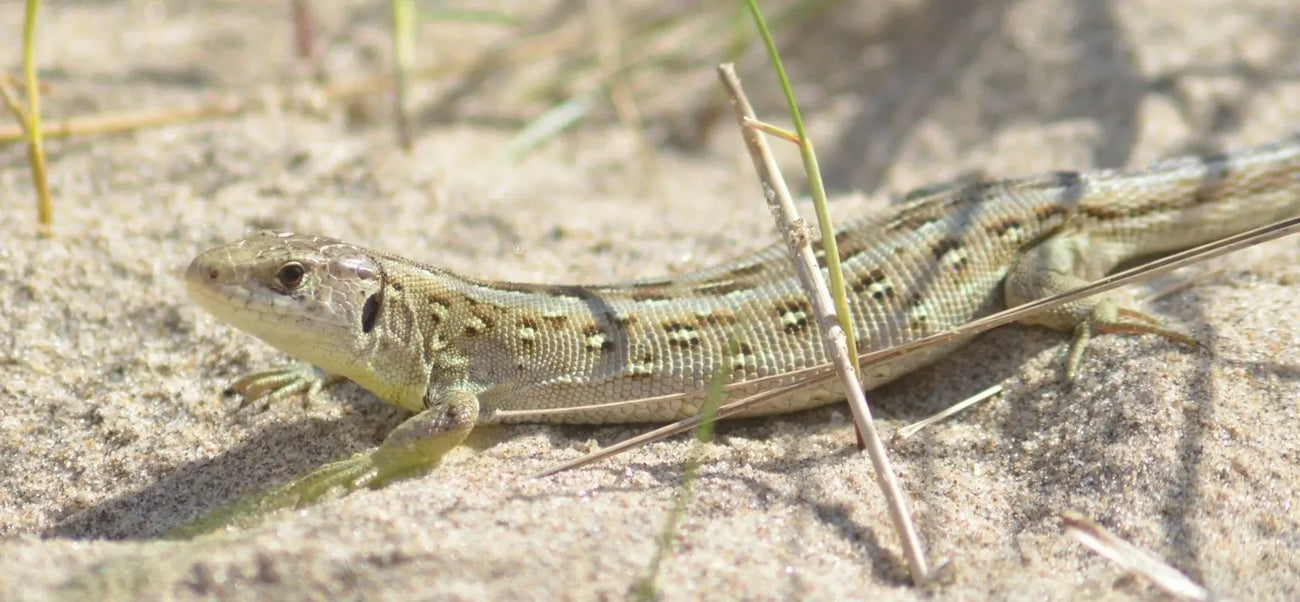On time, prompt service
Thank you for taking the time to leave a review! We're so glad to hear that you received your order on time and that our service was prompt. We strive to provide the best service possible for our customers. If there's anything else we can assist you with, please don't hesitate to reach out.
It is without a doubt their favorite toy. And it lasts as I had bought another over a month ago
Hi there! We're thrilled to hear that your furry friend loves our Tall Tails Stuffless Big Foot Dog Toy with Squeaker! We're so happy to hear that it's their favorite toy and that it lasts for a long time. Thank you for being a loyal customer and we hope your pup continues to enjoy their toy for many more months to come. Have a paw-some day!
Great bones, good quality and my dog’s favorite ❤️
Hi there! Thank you for leaving a review for our Savannah Splinter-free Ostrich Foot Bone. We're so glad to hear that your dog loves it! We take pride in providing high-quality, natural treats for your furry friend. Thanks for choosing our product and have a wonderful day! ❤️
These bones are amazing my dog absolutely loves them and she doesn’t devour them quickly. She has been working on one for a week now. There is a big difference in her preference with these over regular bones.
Hi there! We're thrilled to hear that your dog is loving our Savannah Splinter-Free Ostrich Cane. We take pride in creating long-lasting and natural treats for our furry friends. It's great to know that your pup is enjoying them without devouring them quickly. Thank you for sharing your experience with us! We truly appreciate it.
Nice 👌🏼
Hi there! Thanks for leaving a review for our Petlou Croissant Soft Plush Dog Toys. We're so glad you like them! Let us know if there's anything else we can assist you with. Have a great day! 😊







